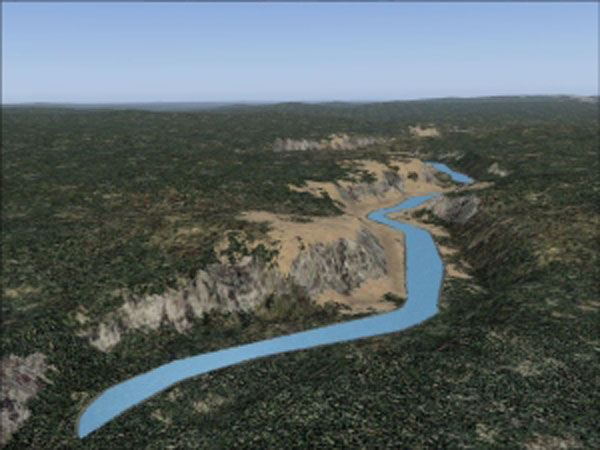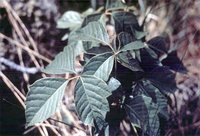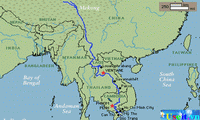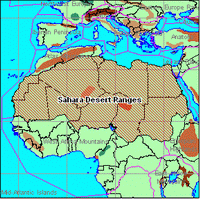Login form
Environment
Tornadoes

You need to take cover if you ever see a dark cloud that is shaped like a funnel and pointed toward the ground. Warn people that you have seen a tornado nearby. Tornadoes are powerful, swirling winds. Tornadoes can tear roofs off of houses. They can smash brick buildings. Tornadoes can pick up cars and trucks. People can be badly hurt or killed by flying wood, glass, and other things blowing around in a tornado.
WHERE DO TORNADOES COME FROM?
Tornadoes come from big thunderstorms. Tornadoes drop down from the bottoms of storm clouds. Tornado winds blow in a circle. You can’t normally see wind, but you can often see a tornado because its strong winds pick up dust and dirt.
Nile River
 Nile, longest river in the world, located in northeastern Africa. From its principal source, Lake Victoria, in east central Africa, the Nile flows north through Uganda, Sudan, and Egypt to the Mediterranean Sea, a distance of 5584 km (3470 mi). From its remotest headstream in Burundi, the river is 6,695 km (4,160 mi) long. The river basin covers an area of more than 2.8 million sq km (1.1 million sq mi).
Nile, longest river in the world, located in northeastern Africa. From its principal source, Lake Victoria, in east central Africa, the Nile flows north through Uganda, Sudan, and Egypt to the Mediterranean Sea, a distance of 5584 km (3470 mi). From its remotest headstream in Burundi, the river is 6,695 km (4,160 mi) long. The river basin covers an area of more than 2.8 million sq km (1.1 million sq mi).
The Ruvyironza River of Burundi is regarded as the ultimate source of the Nile. The Ruvyironza is one of the upper branches of the Kagera River, which follows the Rwanda-Tanzania and Uganda-Tanzania borders into Lake Victoria.
Poison Ivy

According to the American Academy of Dermatology, an estimated 10 to 50 million people in this country have an allergic reaction to poison ivy each year. Poison ivy is often very difficult to spot. It closely resembles several other common garden plants, and can also blend in with other plants and weeds. But if you come into contact with it, you'll soon know by the itchy, blistery rash that forms on your skin.
In this article, you'll discover how poison ivy causes that rash, learn where it grows, how to get rid of it and how to spot it before you get too close.
Mekong- The Mother River of The South-east Asia
 Mekong (Tibetan Dza-chu; Chinese Lancang Jiang; Thai Mae Nam Khong), river in southeastern Asia, the longest river in the region. From its source in China's Qinghai Province near the border with Tibet, the Mekong flows generally southeast to the South China Sea, a distance of 4,200 km (2,610 mi).
Mekong (Tibetan Dza-chu; Chinese Lancang Jiang; Thai Mae Nam Khong), river in southeastern Asia, the longest river in the region. From its source in China's Qinghai Province near the border with Tibet, the Mekong flows generally southeast to the South China Sea, a distance of 4,200 km (2,610 mi).
The Mekong crosses Yunnan Province, China, forms the border between Myanmar (formerly known as Burma) and Laos and most of the border between Laos and Thailand, and flows across Cambodia and southern Vietnam, emptying into the South China Sea.
Sahara Desert
 Sahara, great desert area, northern Africa, the western portion of the broad belt of arid land that extends from the Atlantic Ocean eastward past the Red Sea to Iraq.
Sahara, great desert area, northern Africa, the western portion of the broad belt of arid land that extends from the Atlantic Ocean eastward past the Red Sea to Iraq.
The entire desert, the largest in the world, is about 1,610 km (about 1,000 mi) wide and about 5,150 km (about 3,200 mi) long from east to west. The total area of the Sahara is more than 9.1 million sq km (more than 3.5 million sq mi), of which some 207,000 sq km (some 80,000 sq mi) consist of partially fertile oases.
The boundaries of the Sahara are the Atlantic Ocean on the west, the Atlas Mountains and the Mediterranean Sea on the north, the Red Sea and Egypt on the east, and the Sudan and the valley of the Niger River on the south. The boundaries, however, are not clearly defined and have been shifting for millennia. The Sahara was once a fertile area; millet was cultivated there over 8,000 years ago. As conditions gradually became drier, however, and desertification set in, farmers abandoned their land.
